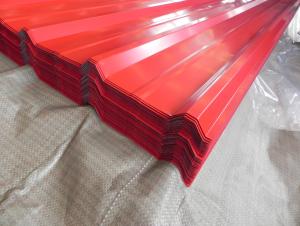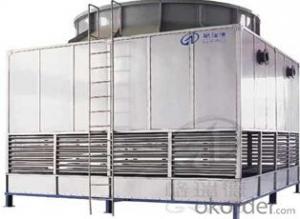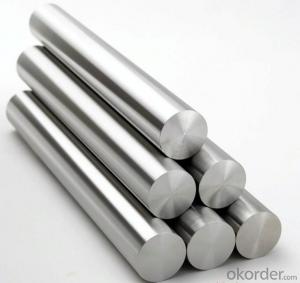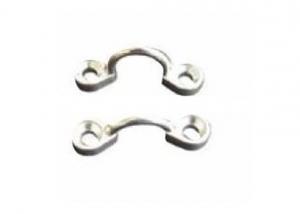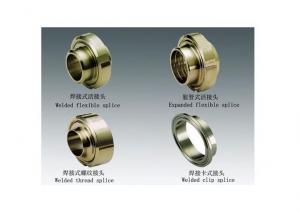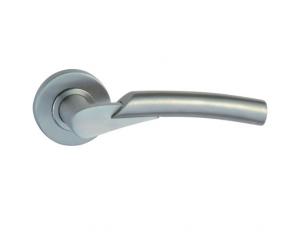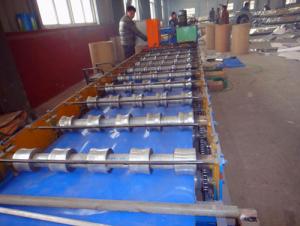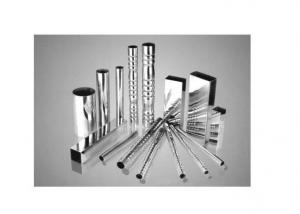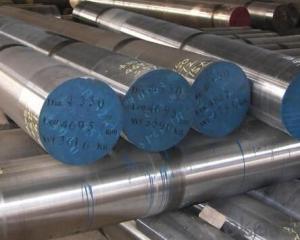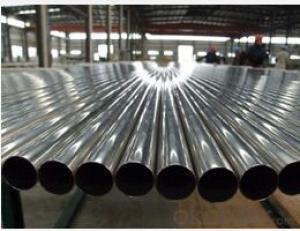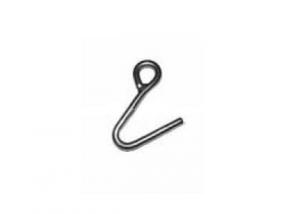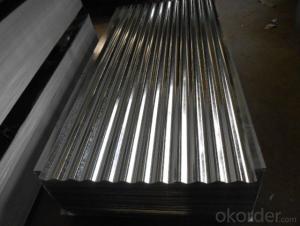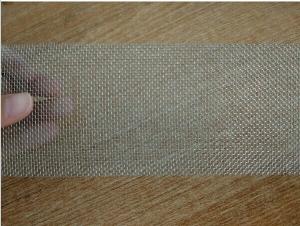Stainless Steel Oxidized
Stainless Steel Oxidized Related Searches
Stainless Steel Oxidize Oxidize Stainless Steel Stainless Steel Oxidation Anodized Stainless Steel Oxo Stainless Steel Colored Stainless Steel Stainless Steel Coating Welded Stainless Steel Patinated Stainless Steel Anodize Stainless Steel Tarnished Stainless Steel Scratched Stainless Steel Brushed Stainless Steel Painted Stainless Steel Anodizing Stainless Steel Hardened Stainless Steel Stainless Steel Stainless Liquid Stainless Steel Stainless Steel Hardware Stainless Steel Siding Stainless Steel Metals Stainless Steel S Stainless Steel Molding Laser Cut Stainless Steel Surgical Stainless Steel Galvanized Stainless Steel Stainless Steel Corrosion Inox Stainless Steel Discolored Stainless Steel Metal Stainless SteelStainless Steel Oxidized Supplier & Manufacturer from China
Stainless Steel Oxidized refers to a range of stainless steel products that have undergone an oxidation process, resulting in a unique surface finish with enhanced corrosion resistance and aesthetic appeal. These products are widely recognized for their durability and versatility, making them suitable for a variety of applications. In various industries, Stainless Steel Oxidized is utilized in the construction of architectural structures, automotive components, and household appliances, among other things. Its ability to withstand harsh environmental conditions and maintain a sleek appearance makes it a popular choice for both functional and decorative purposes.The application and usage scenarios for Stainless Steel Oxidized are vast, as it caters to the needs of different sectors. For instance, in the construction industry, it is used for cladding, roofing, and facades due to its weather-resistant properties and modern look. In the automotive sector, it is employed in the manufacturing of exhaust systems and other components that require high-temperature resistance and strength. Additionally, Stainless Steel Oxidized is a preferred material for kitchen appliances and cutlery due to its resistance to staining and ease of cleaning. Its antimicrobial properties also make it an ideal choice for healthcare facilities and food processing equipment.
Okorder.com is a reputable wholesale supplier of Stainless Steel Oxidized products, boasting a large inventory that caters to the diverse needs of customers worldwide. With a commitment to quality and customer satisfaction, Okorder.com ensures that the Stainless Steel Oxidized products they offer meet the highest industry standards. Their extensive range includes various grades and finishes, allowing clients to select the most suitable options for their specific projects and requirements. By partnering with Okorder.com, customers can expect timely delivery, competitive pricing, and exceptional service, making it a reliable source for all their Stainless Steel Oxidized needs.
Hot Products





















